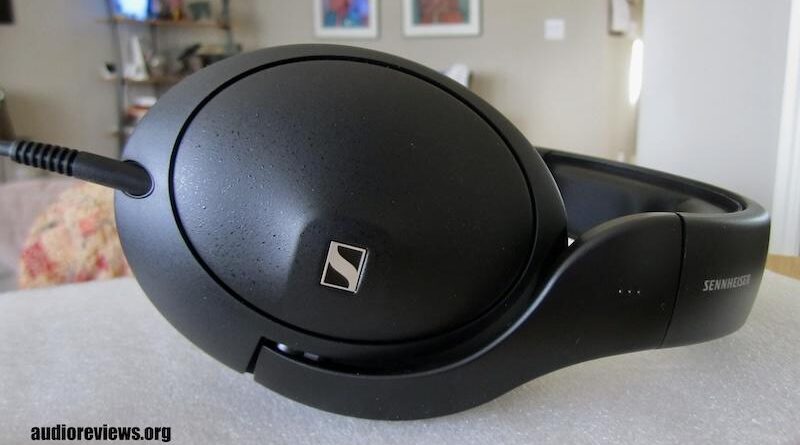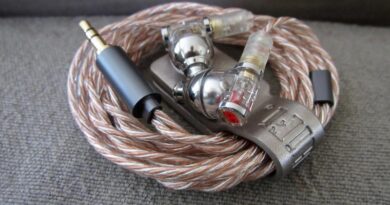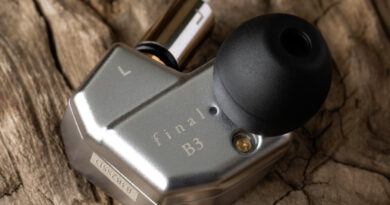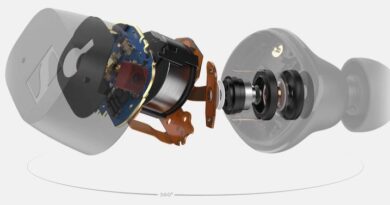Sennheiser HD 620S Review (1) – Closed-Back Is The New Open-Back
The $349.95 Sennheiser HD 620S is a fabulous closed-back, over-ear headphone characterized by great note definition, wide and deep soundstage, and well-extended low and high ends mimicking the perception an open-back headphone.
The Sennheiser HD 620S have been added to our Wall of Excellence. Both co-bloggers, Alberto and Kazi, purchased a pair.
PROS
- Excellent sound with incredible sub-bass and treble extension
- Crisp notes
- Wide and deep soundstage, huge headroom
- 100% seal
- Can attach balanced cable
CONS
- High caliper pressure
In this Article
I thank Sennheiser for a pre-release loaner of the HD 620S.
Introduction
Sennheiser’s 600 series is legendary and characterized by their longevity. Their HD 600 was introduced in 1997, its somewhat bassier HD 650 sibling in 2004. Recently, the company added the HD 660S and S2. All of these are open-back designs with wide soundstages that bleed music to bystanders.
If you want to listen in a room with others, you need a closed-back design, which isolates better but at the expense of stage width. Not anymore!
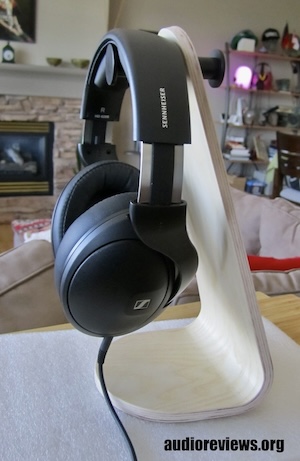
Sennheiser attempted to create a FIRST closed-back, over-ear HD 600 series headphone with a soundstage as wide as that of an open-back headphone, building on the style of their HD 500 series (but being sonically far superior). For this reason, the company introduces a new angled 42 mm driver, and gave the tuning in the hands of acoustic engineer Anders Hed.
Anders gained his reputation through tuning the Sennheiser IE 200 earphones, which beat their IE 600 and IE 900 in this respect, and which put their (still) rather expensive IE 500 Pro to shame (imho). The IE 200’s shortcoming is the limited driver quality to keep the price down.
Anders’ participation generated high expectations in our team of authors. Alberto and Kazi tested the HD 620S at Munich High End in May 2024 and gave the rest of us a sneak preview. Following this review, this set will go to co-blogger Biodegraded for extensive measurements and a second opinion.
Sennheiser, as you are aware, is a German company, established in 1945. I have owned their headphones since the late 1970s.
Specifications Sennheiser HD 620S
| Type: over ear, closed Driver Type: dynamic Driver Size: Ø 42mm Sound Pressure Level: 105 dB (1 kHz / 1 Vrms) Sensitivity: 96.8 dB / 1 mW Impedance: 150 Ω THD <0.05% (1 kHz / 90 dB SPL) Pads: replaceable, pleather, firm memory foam Headphone Connector: locking 2.5mm TRRS Cable Attachment: left earcup Cable: 1.8 m terminated in 3.5mm threaded gold-plated 3.5mm TRS jack + screw-on 6.3mm adapter. Inner Pad Dimensions: depth rear = 24 mm, depth front = 19 mm, Width = 48 mm, height = 70 mm, oval Weight: 309 g (without cable) 347 g (with cable)…as measured by me Caliper Pressure: 5N (high) Color: Black Accessories: 6.3mm adapter, storage pouch, user manual Tested at: $349.95 USD, $499.95 CAD, 349.95 € Product Page: Sennheiser Hearing |
Physical Things
In the box you find the headphones, a detachable cable with a 3.5 mm plug and a 6.3 mm adapter, and a black storage sack.
Build
The headphone frame is made of polycarbonate with the faceplates made of steel with a “spatter” appearance known from old-fashioned Japanese 35 mm cameras.
The headband itself is covered with polycarbonate and a rather thick and soft artificial leather pad. The earcups follow the natural ear shape and the artificial leather earpads are quite thick with a good depth. The included 1.8 m cable is attached to the left ear cup – and can be replaced with a “balanced” cable Sennheiser will be releasing later.
You find more information on the HD 620S product page.
Driver
Sennheiser developed a new, angled 42 mm transducer for the HD 620S. It does not feature any damping behind the driver’s surround for enhancing transients and impulse response and liven up the high frequencies. The drivers are angled to simulate the positioning of loudspeakers or studio monitors, resulting in an optimal “room feeling”. They are produced in Ireland and the headphone is assembled in China.
Comfort and Seal
The HS 620S have a snug fit with a relatively high caliber pressure (clamping pressure) I had to get used to. The headband can be stretched, if needed. My ears have lots of space in the deep, anatomically shaped ear cups, which seal 100%. If you stand next to somebody using the HD 620S, you hear absolutely nothing, zilch, zero. The thick headband cushion adds to the comfort. At 309 g (without cable…measured by me), the HD 620S are relatively light.
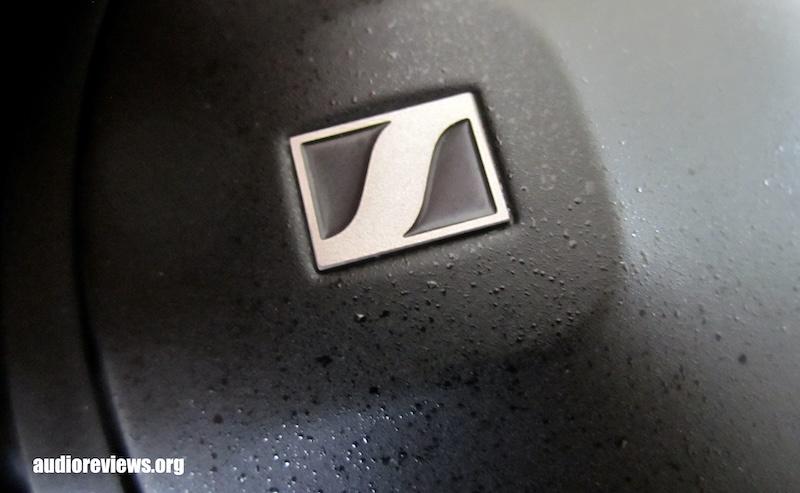
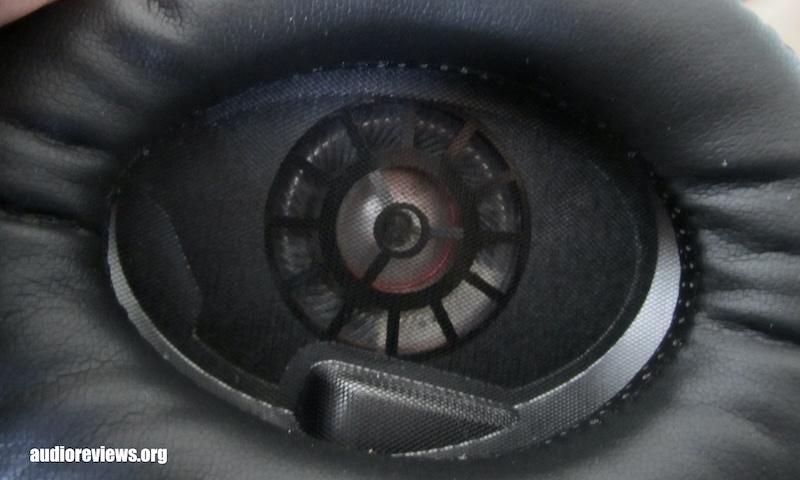
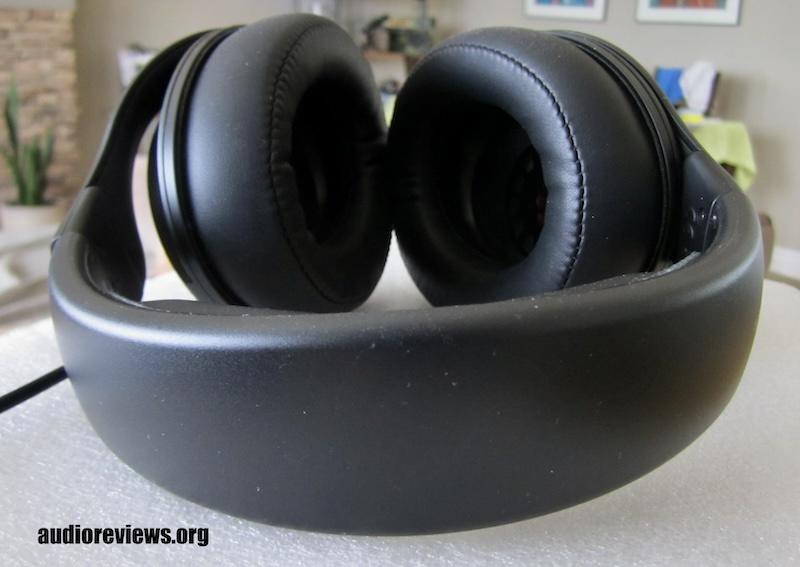
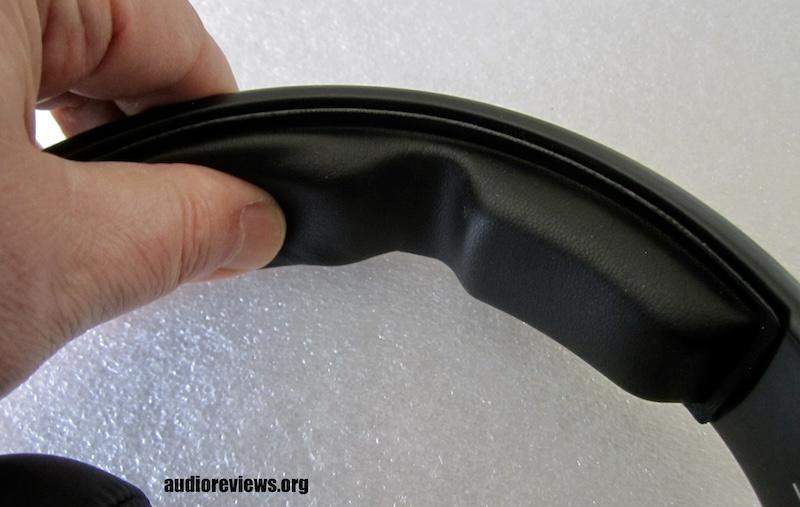
Tonality and Technicalities
I tested the HD 620S for a few weeks with the EarMen stack (Tradutto DAC, CH-amp) or the EarMen TR-Amp, sourced by the Hidizs AP80 Pro-X or iPhone SE (1st gen.) or iMac. You need some decent amplification for best results.
The HD 620S feature a neutral tonality with some bass added, a contained upper midrange and an extra portion of upper treble to approach the soundstage width of an open-back design. Having owned the HD 600 for a number of years, the HD 620S’ crisp, impactful, and tight bass kick and immense extension into the sub-bass and the overall excellent note definition become instantly evident every time I put it on my head. This low end adds to the stage depth.
The HD 620S’ notes are very well etched out (“sharp”…without being “overpixelated” or harsh), which contributes a very good stage organization (“imaging”) and excellent spatial cues: you get a good feeling where the individual musicians are located (“separation and layering”). And yes, the stage is also quite wide equaling that of an open-back headphone such as the HD 600…plus some headroom added.
Lower midrange vocals are placed on stage where they should be, the excellent note definition adds up to a good midrange resolution and clarity.
A well-behaved upper midrange and lower treble avoid harshness…upper treble is nicely extended which contributes to the openness. Resolution of treble as good as that of midrange and bass.
I don’t have to say much about timbre, which has been a Sennheiser standard since the HD 414: perfetto!
Comparison to the HD 600 is somewhat unwarranted as they are open-back and bleed sound to bystanders. But, the attentive reader would still like to know. Therefore…
The HD 620S fix the HD 600’s limp bass, they have a much better stage organization/imaging, are not as energetic in the upper midrange/lower treble but offer better extended upper treble. Their most obvious difference is that crisp, impactful, well-extended bass. The HD 620S also have better note definition and better midrange clarity,
The HD 600 are more comfortable for me through their lower clamp force, they sound smoother through more “rounded” notes (longer decay), have an equally wide stage (for my ears) but a much flatter and messier stage. Musicians and instruments are more located on one line. The HD 600 are softer and more relaxed sounding, the HD 620S crisper and more accurate.
If you ignore the advantage of a closed-back design for use in a populated environment, and albeit being technically better, the HD 620S is more a royal sidegrade to the HD 600 than an upgrade imo. But it is certainly an upgrade to other closed backs such as the Beyerdynamic 770 Pro 250 ohm as well as Beyerdynamic Custom Pro Plus, NAD Viso HP50, or the Denon D2000 (I own these).
Of all the above, only the Beyerdynamic 770 Pro 250 ohm are still being produced. Compared to the HD 620S, these have a narrower stage, a much fuzzier, thicker, less composed bass, lesser resolution and layering, less midrange clarity, and an elevated lower treble and up (that infamous “Mt. Beyer”). I may also include the HD 598 (which I used to own). The HD 620S have simply much better note definition, imaging, resolution, and upper and lower extensions.
Check Biodegraded’s report for a 2nd opinion.
Concluding Remarks
The Sennheiser HD 620S are the first closed-back headphones of the HD 600 series broadly based on the 500 series’ optics. Compared to the HD 600, they have more sub-bass quantity, higher extended treble frequencies, better note definition, and better imaging while being somewhat equal in stage width, but superior in stage depth.
The HD 620S surely must be the new standard in the $350 category of closed-back headphones and are here to stay. They are better than the comparable models I have tested. A worthy upgrade for owners of headphones of the 500 series (and below).
You probably won’t find a better headphone at this price. I recommend trying it out at your local box store.
The Sennheiser HD 620S have been added to our Wall of Excellence.
Until next time…keep on listening!

Disclaimer
Our generic standard disclaimer.



